
What is Structural Testing in Software Testing?
January 10th, 2020

Whenever new software is developed, it needs to be tested from all possible aspects before finally launching it or applying it to some existent application. Structural testing is a part of it, but before explaining what structural testing is, a brief explanation of software testing is provided.
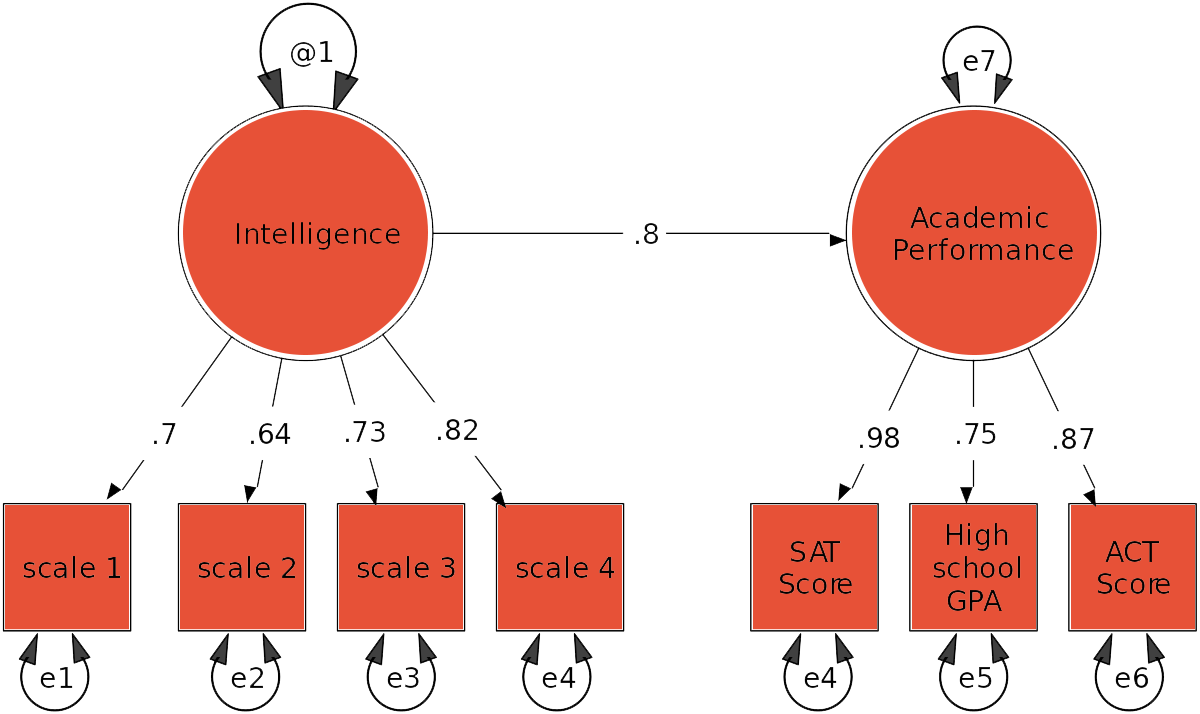
What is Structural Testing?
It’s a kind of testing used to test the structure of coding of software. The process is a combination of white-box testing and glass box testing mostly performed by developers.
The intention behind the testing process is finding out how the system works not the functionality of it. To be more specific, if an error message is popping up in an application there will be a reason behind it. Structural testing can be used to find that issue and fix it
What are the Characteristics of Structural Testing?
Structural testing, white box testing or glass box testing has the following characteristics:
- Structural testing requires the knowledge of internal coding of the software and the basics. Thus, the testing can only be carried out by a member of the developer team who knows how the software was designed.
- The structural testing is based on how the system carries out the operations instead of how it is perceived by the users or how functions are carried out.
- The structural testing provides better coverage than many of the testing approaches as it tests the whole code in detail, and the errors involved can easily be removed. The chances of missing out on any error become very low.
- Structural testing can be carried out at various levels, from high to low, which involves the whole detailed testing of the system. It can complement the functional testing.
It is also carried out after keeping certain criteria in mind.
- The first criteria would be the control flow graph. The control flow graph is just a graphical representation of the codes of the program that may coincide during the execution. It is based on the paths contained in the program.
- The control flow graph consists of a basic block and edge. The basic block also called the node is the set of statements that are to be executed.
- The control has one entry point, and when the execution of all the statements is carried out, then only the control gets to exit. The edge of the control flow graph shows the flow of control throughout.
- The testing also keeps in mind the adequacy criterion, which checks the total coverage that is done by any test suit.
What are the Techniques used to Carry out Structural Testing?
The structural testing or glass box testing can be carried out by various techniques. Each technique varies from the other one by some approaches and applications. Here are the three basic techniques of carrying out structural testing.
Statement coverage:
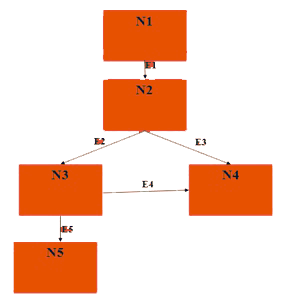
There are a lot of statements involved in the programming of the software. The statements can have errors too. Hence, the statement coverage is aimed at examining all the statements by calling out them in practice. This way, all the errors in the statements are canceled out. The statement coverage also aims at carrying out as few tests as possible. It aims at minimizing the number of tests to be carried out during structural testing.
Branch coverage:
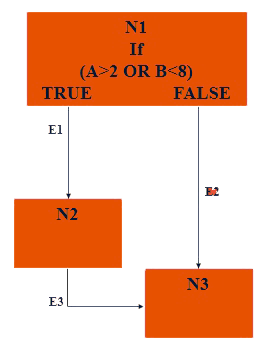
Branch coverage is slightly different from the statement coverage. It does not specifically minimize the tests but takes care that each required test is carried out at least once if not more than once. Branch coverage aims at testing all the branches in the programming for any error or potential glitches. Every branch is tested, and in case any error is raised, developers need to fix it as soon as possible.
Path coverage:

Path coverage is just what its name suggests. Path coverage focuses on all the paths that can be involved in the codes. Path coverage has the maximum number of tests to be carried out, out of the three techniques. It covers both the above, branch coverage and statement coverage. When every path is tested, it is automatic that every statement is also checked. The same is the case with the checking of the braches.
Condition Coverage:
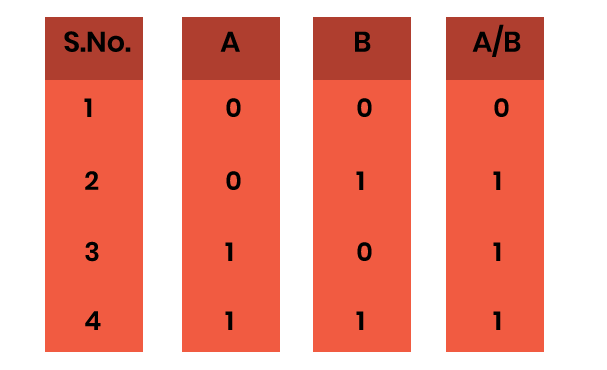
Individual conditions can be put to test with Boolean inputs. The process offers better coverage and problems that were discussed under branch coverage can be rectified in this process.
What are the Different Types of Structural Testing in Software Testing?
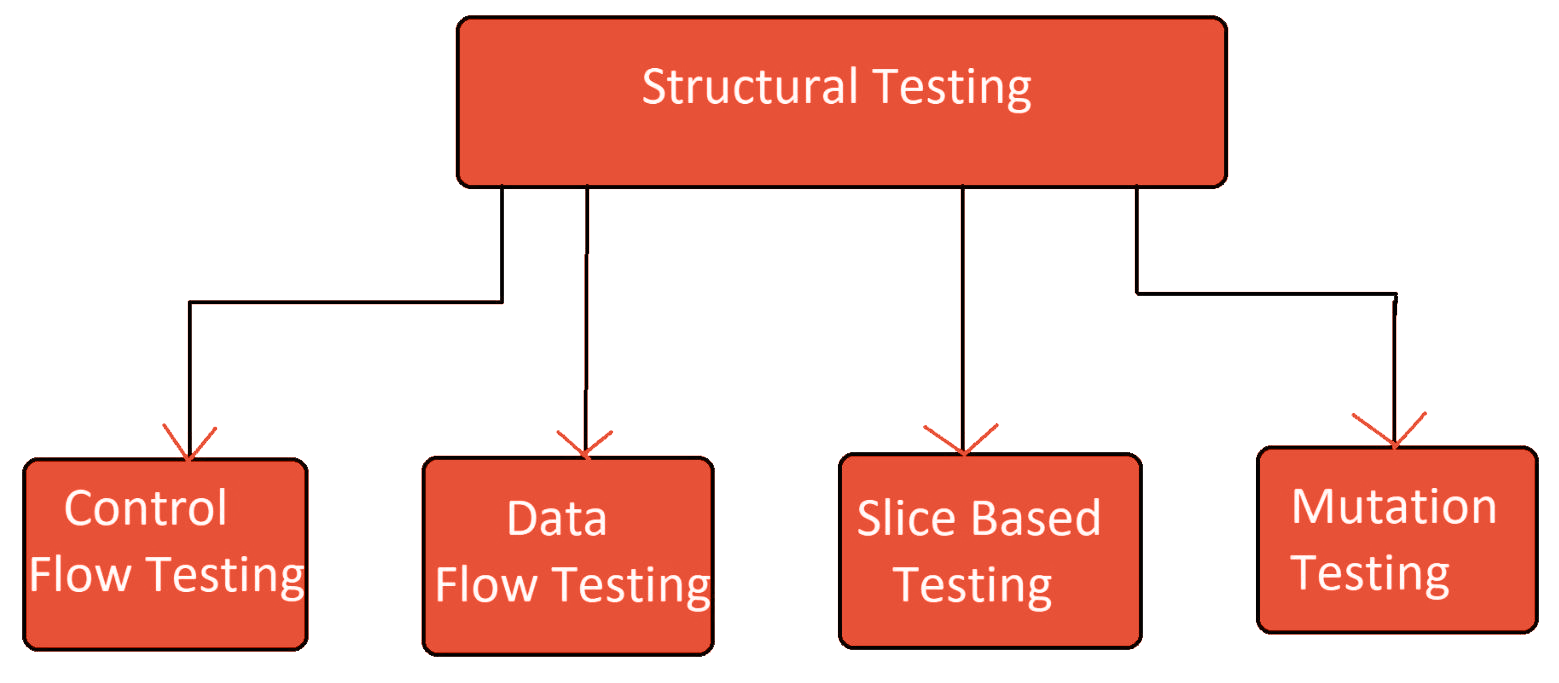
There are further many types of structural testing that can take place. The structural testing is based on different types of approaches. The approaches vary for each and are listed below:
- Control flow testing: The basic model of the testing is the flow of control. The whole test is based on how the control is carried out throughout the program. This method requires detailed knowledge of all aspects of the software and the logic of the software. It tests out the whole code thoroughly.
- Data flow testing: This implements the use of a control flow graph and checks the points where the codes can lead to an alteration in the data. In this way, the data is kept safe and unaltered throughout the execution of the program. Any alteration of the data can result in adverse consequences.
- Slice based testing: It was originally created and developed for maintaining the software. The basic idea is to divide the whole program into small slices and then checking on to each slice carefully. This method is very useful for the maintenance of the software as well as debugging the software too.
- Mutation testing: This is the type of software testing that requires the development of new tests to be carried out on the software for its testing. The developers make small alterations to the already available software tests and create a mutant of the old software test. This is how the name mutation testing arises. The developer then carries out the mutation tests on the program as he wishes to.
The four types of testing can be used by the developers according to what suits them the best.
Now, structural testing is not for every developer and software. There are certain advantages of the structural testing, but just like every coin has two sides, structural testing has disadvantages of its own.
What are the Advantages of Structural Testing?
Below, the advantages of following the structural testing approach are listed, and one can go through them to know what benefits they will get if they choose to follow structural testing for their software.
Enables thorough checkups:
- Just because structural testing is based on the structures that are involved in the programs of the software, it depends on how the software is coded to carry out its operations.
- This enables the structural testing to carry out a very thorough check-up of the program code.
- Whenever a program or software undergoes a detailed and extreme thorough testing, the probability of facing any difficulty in the functioning of the program is almost decreased to zero.
- This allows the program to be free of errors and glitches.
Smooth execution from an early stage:
- In case a structural test is not carried out, the program can face a lot of errors and difficulties during its application.
- A huge number of errors may also arise while the execution of the software takes place.
- By practicing the structural testing, these errors are removed at the beginning itself and the programs become free of errors at the early stage.
- This enables the software to have a smooth execution in the future. This makes the whole process more convenient for developers.
Dead codes are removed easily:
- With the help of structural testing, dead codes are also removed in the course of action.
- Now, one may wonder about what dead code is. Dead code is basically a piece of code that is embedded in the programming of the software.
- The dead code calculates some results in the software, but the catch is that it never ever utilizes the result.
- The dead code just wastes the space of the coding and is useless. Hence, the dead code needs to be removed from the software coding.
- While carrying out structural testing, the dead code is easily recognized and hence can be removed easily at the beginning itself.
Automated processes:
- The best part of structural testing is that it does not require a lot of manual work.
- The manual work is reduced to a minimum while most of the testing work is carried out by automated tools that can be found online for the help of the developers.
- Developers can use these tools and easily carry out all the operations required for structural testing.
- The automated tools examine the entire code and come up with the result.
- The results are then reported to the developers, and they can fix the errors as they like.
Easy coding and implementation:
- This is something through which a developer is forced to think about the structure and the way of implementation of the program code.
- This is a good thing as it requires paying more attention to the coding and the internal implementation of it.
- The concentration on the structure can make a program turn out much better than it was aimed for.
- Thus, the developers are forced to investigate the structure of the software and take care of it.
What are the Disadvantages of Structural Testing in Software Testing?
Everything comes with its own sets of challenges and disadvantages. Structural testing is no different. There are plenty of demerits of structural testing, and they are listed below:
In-depth knowledge of programming languages is required:
- It is not easy work. Not anyone can perform the task of structural testing.
- It requires detailed and in-depth knowledge of the programming language, software development and the codes that are used to develop the software.
- This makes it very clear that a trained professional is required when structural testing is carried out.
- A person with medium training might also seem unsuitable for the job.
- This is probably a difficult challenge because the developers either need themselves to be educated enough and trained to carry out the structural testing or they require an outsider who is very professional at his work.
Complicated testing tools:
- Although the process of testing is automatic, yet it might turn out very troublesome.
- The structural testing tools that are available to carry out the glass box or white box tests are some complicated ones.
- It is not a cakewalk to get accustomed to the usage of the tools.
- Again, the developers need some extra professional who knows their way around the usage of the tool and can carry out the whole process of testing on his own.
- It seems like everything involved with structural testing requires some overly trained and professional people for the testing to be successful.
Some portions may be missed:
- There is also a slight chance that some lines or statements or branches could be missed accidentally.
- The missing lines and codes can turn out to be huge trouble after in the long run and might create a huge issue while the execution of software takes place.
- This carelessness might turn out to be very disadvantageous to the developers of the software and the program code.
Consumes a lot of time and energy:
- The most basic idea of structural testing requires a lot of time and a lot of money.
- This testing might not be suitable for the small-scale developers as they cannot afford to spend such amount of money in just testing the program and the software.
- Along with this, the time required to carry out the structural tests is quite large and troublesome for the developers.
- This involves cost overheads which might not be a good option for everyone.
Structural Testing Tools
JBehave: It’s a BDD (behavior-driven development) tool intended to make the BDD process easy and smooth.
Cucumber: Another BDD testing tool used to check whether an application has met its requirement
JUnit: Used to create a good foundation for developer based testing
Cfix: A robust unit testing framework used to make a developer based test suite easy.
Conclusion:
This was a detailed explanation of what is software testing and its subtype- testing. Obviously, the same types of testing are not suitable for everyone and each software that is developed.

In case someone is looking to use the structural testing methods, they need to weigh both the merits and demerits of the structural testing. Additionally, they need to take care of the fact that structural testing is carried out successfully.


 Software Testing Events
Software Testing Events App Testing
App Testing Web App Testing
Web App Testing Game Testing
Game Testing Automation Testing
Automation Testing Load Testing
Load Testing Security Testing
Security Testing Performance Testing
Performance Testing Hire a Tester
Hire a Tester





